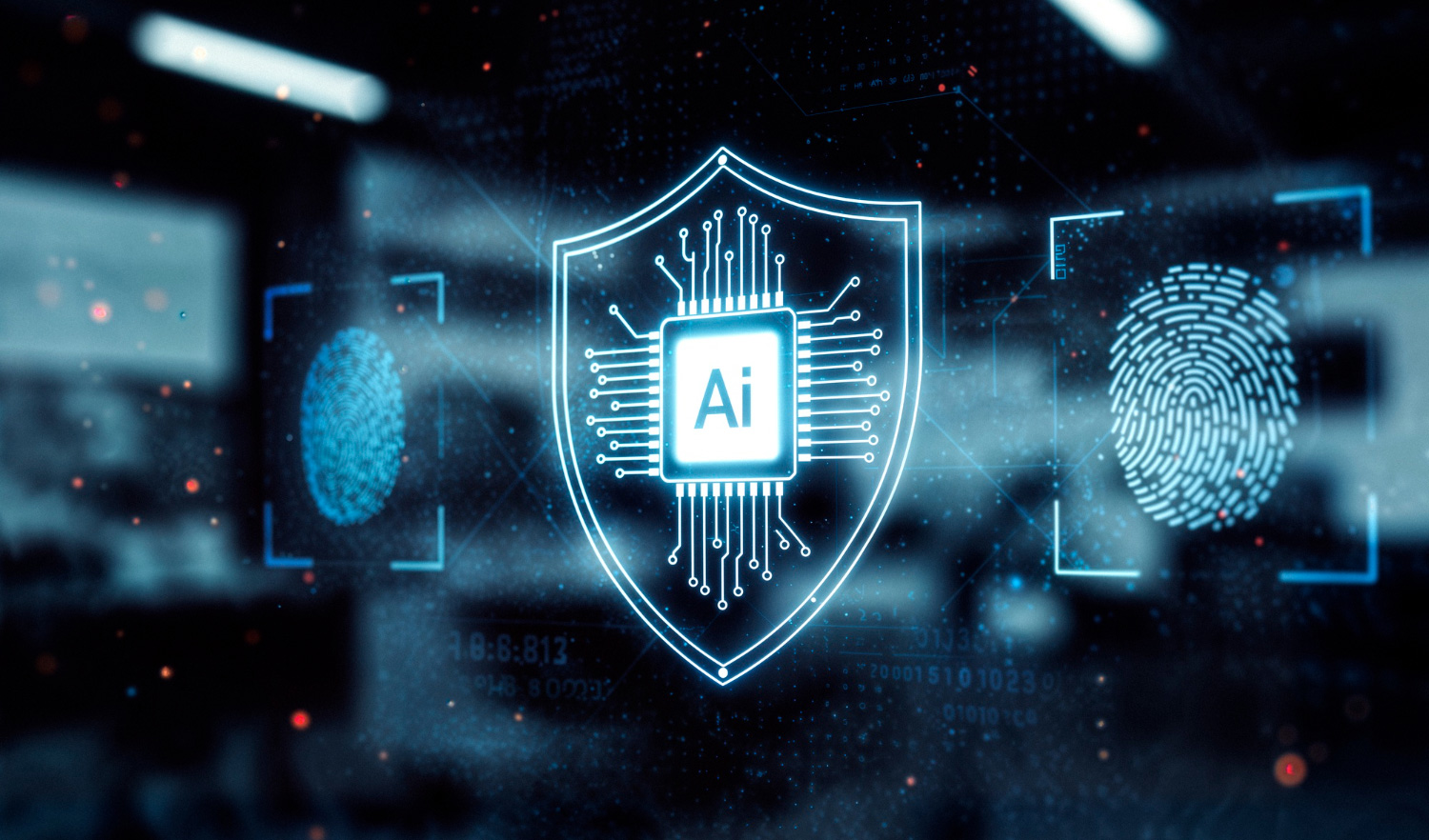Why ChatGPT Is Entering the Cybersecurity Conversation
AI-driven tools like ChatGPT are rapidly reshaping enterprise workflows. According to PwC, 70% of executives are accelerating AI adoption for security and risk functions. ChatGPT’s ability to process vast data and generate contextual insights has led enterprises to explore its role in threat detection.
But as with most new technologies, the promise and reality diverge. Leaders need clarity: What can ChatGPT realistically deliver in cybersecurity and where are its blind spots?
The Promise of ChatGPT in Threat Detection
-
1Accelerated Log Analysis and Pattern Recognition
- Parse large datasets quickly
- Summarize anomalies in plain language
- Flag suspicious activity for analyst review
-
2Natural Language Queries for Faster Insights
Unlike legacy SIEM tools, ChatGPT allows analysts to ask:
“Show me unusual login attempts from Asia in the last 24 hours.”
The result is not just faster queries but also more accessible insights for teams that lack deep technical expertise.
-
3Threat Intelligence Augmentation
The Pitfalls of Relying on ChatGPT for Threat Detection
1. False Positives and Hallucinations
ChatGPT can generate insights, but it can also “hallucinate” — confidently presenting inaccurate findings. In cybersecurity, a false positive could mean wasted hours. A false negative could mean an undetected breach.
2. Lack of Real-Time Processing
Threat detection requires milliseconds of response time. ChatGPT excels at analysis after the fact, but not at real-time packet inspection or continuous monitoring.
3. Security and Privacy Risks
Feeding sensitive enterprise data into ChatGPT raises compliance concerns. Without proper guardrails, enterprises risk exposing proprietary or regulated data.
4. Limited Context Without Integration
ChatGPT is powerful in isolation but transformative only when integrated with:
- SIEM platforms
- Cloud-native monitoring tools
- Data governance frameworks
Best Practices: Using ChatGPT as a Force Multiplier
Visual Snapshot: ChatGPT in the Threat Detection Stack
Layer | Traditional Role | ChatGPT Contribution | Risk |
Data Ingestion | Collect logs, telemetry | Summarize anomalies | May miss real-time signals |
Analysis | Rule-based detection | Pattern recognition, language queries | False positives |
Response | Automated playbooks | Assist in drafting response steps | Not real-time |
Reporting | Manual dashboards | Plain-language summaries | Accuracy limits |
FAQs on ChatGPT and Threat Detection
Can ChatGPT replace my SOC?
No. It can augment SOC workflows but cannot replace real-time monitoring or expert analysts.
Is ChatGPT reliable for cybersecurity?
It is useful for summarization and intelligence, but enterprises must validate outputs to avoid false insights.
What’s the main risk of ChatGPT in threat detection?
Over-reliance. Without human oversight and integration into established systems, accuracy issues can create blind spots.
How should enterprises adopt ChatGPT safely?
Start with pilot projects, anonymize sensitive data, and integrate with existing tools rather than using it in isolation.
Does ChatGPT support compliance reporting?
Yes, it can draft reports quickly. However, outputs must be validated against compliance frameworks.
The Real Role of ChatGPT in Threat Detection
ChatGPT is a powerful tool for augmenting security teams, not replacing them. Its ability to summarize, contextualize, and surface anomalies can sharpen enterprise defense. But without guardrails, integration, and human oversight, it risks adding noise instead of clarity.
Enterprises that adopt ChatGPT strategically — as part of a layered security ecosystem — will harness its potential while avoiding its pitfalls.

